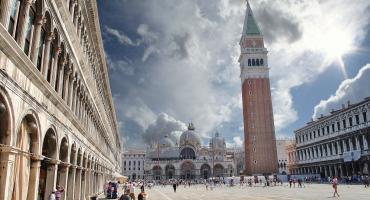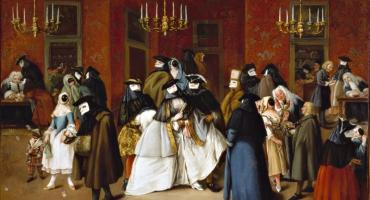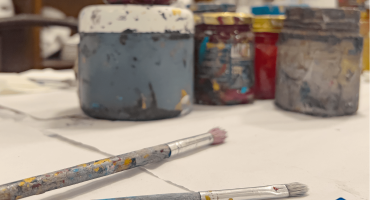During the time of the Serenissima, Carnival was the most eagerly awaited event for Venetians, who celebrated by organizing performances and lively “feste da ballo in campiello”—open-air dance parties held in small squares. The dances in the courtyard of the Fondaco dei Turchi kicked off the Carnival festivities, which then continued in many other corners of the city...
The Thursday before Shrove Tuesday took place the most theatrical and impressive performance of Venetian Carnival: the flight of the Turkish man, which consisted in the acrobatics of a Turkish man whose waist was tied with ropes, who had to ascend from the dock to the belfry of Saint Mark’s bell-tower and then had to go down to the balcony of Palazzo Ducale to offer a bunch of flowers to the Doge who, from there, was watching the show.
The crowd got so excited, that the event was repeated for centuries, with all sorts of variations of the greatest effect.
A Dove's Flight took the place of the Turkish acrobat flight, with a large wooden dove used to spill out flowers and confetti on the crowds as it descended.
Today the flight it’s performed by a girl dressed as an angel, called the Angel's flight that opens the Carnival celebrations.
As well as these traditional public festivities there were numerous private parties in the patrician houses and palaces, where magnificent and sumptious balls took place and gambling very often had its part.
In fact, in the climate of pleasure of the XVIII century Serenissima Republic, the gambling at the Ridotto at S. Moisé, the public gaming house run by the State, became one of the focal points of the Venetian Carnival.
by Roberta Nalesso | redazione Meetingvenice



